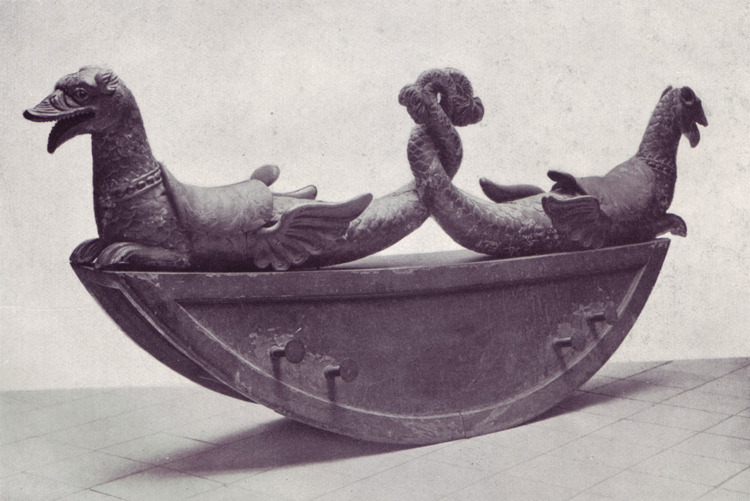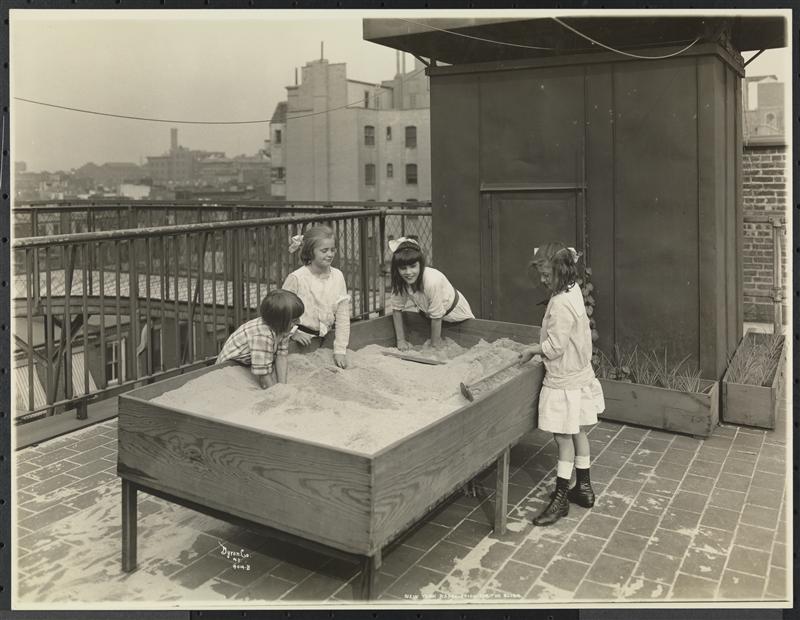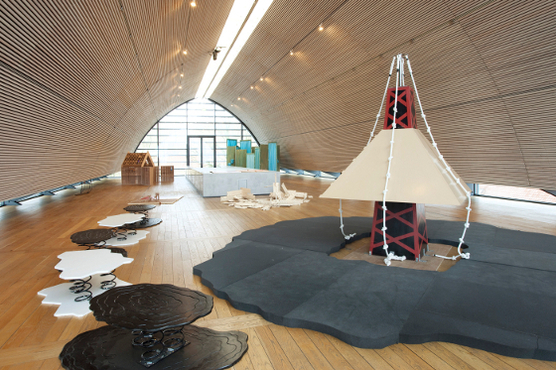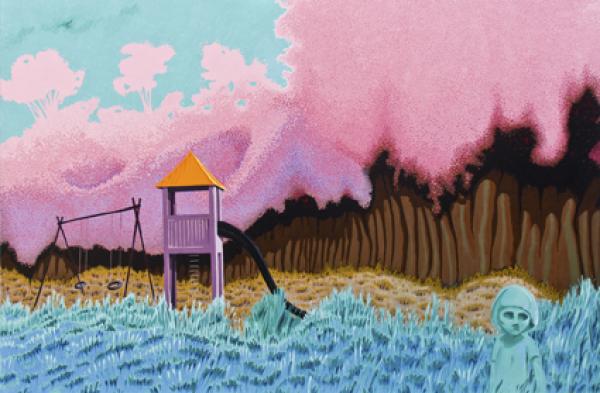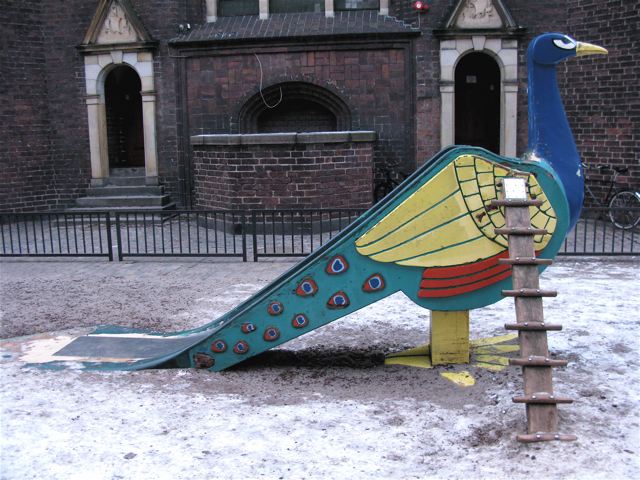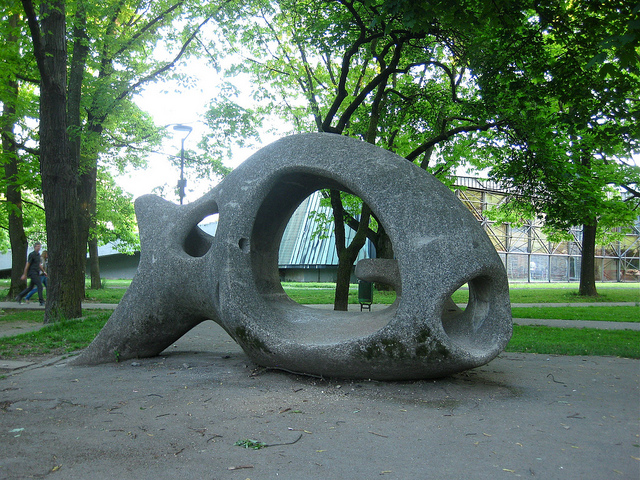In thinking about those of you who dream of being playground designers, I’m reminded of a letter I received sometime ago from Bianca Habib, and I think her journey is perhaps instructive as to the difficulties a young creative designer faces.
“.. in 2003 I came to Spain as a trainee (in an influential architecture firm) constructing public and community gardens, but after 5 years I gave up that job because the installations were not done to neighborhood need but to the company’s needs…I was always trying to give special attention to the playground areas, but I was constantly cut by the bosses of the council. And let´s not even talk about plant elements…they always used temporary flowers instead of accepting my designs for perennial plantings.
“So (insert big commercial manufacturer here) invited me to work with them, and it seemed to be great and I accepted…… in 1 year I worked on over 10 projects in different Councils in Spain. At the beginning there was an intention of designing different playgrounds for each site according to the existing landscape, but this was not true; ultimately the big company liked money more than people and just finished the parks as they liked.
It shows in the “Hormiguero” playground Bianca sent me. ”The original council and company idea was to make it as big and as bright as it could be (no comment)” . But it ended up as a mishmash of features borrowed from other sites (the Carve play wall and Buga-style safety surfacing like ant trails) mixed with a creative idea (Bianca’s own design for a ‘confetti’ style bench/jumping stone), and ultimately poorly realized when they nixed her plans for natural surfaces, a local path reference, and a bigger hill.
“Some details they let me decide ( like colors of surfacing etc…)……but some others…… what an insignificant hill! It should have been much much much bigger…..but to save money or thinking, they made it smaller. Nobody followed my directions.”
I relate this not to put any of you off, because clearly great designers are needed! And fortunately I’ve seen alot of change, and a much greater appetite for custom designs, even in the two years since Bianca wrote me that letter. But her struggles demonstrate the challenges a designer faces in any public space design and particularly that of playgrounds.
So don’t be afraid to do your own thing, rather than join the big firms.
And send me your most interesting and creative work, and I’ll try to help out!
The post Hormiguero (Ant Hill) Playground, Bianca Habib, 2009 appeared first on Playscapes.
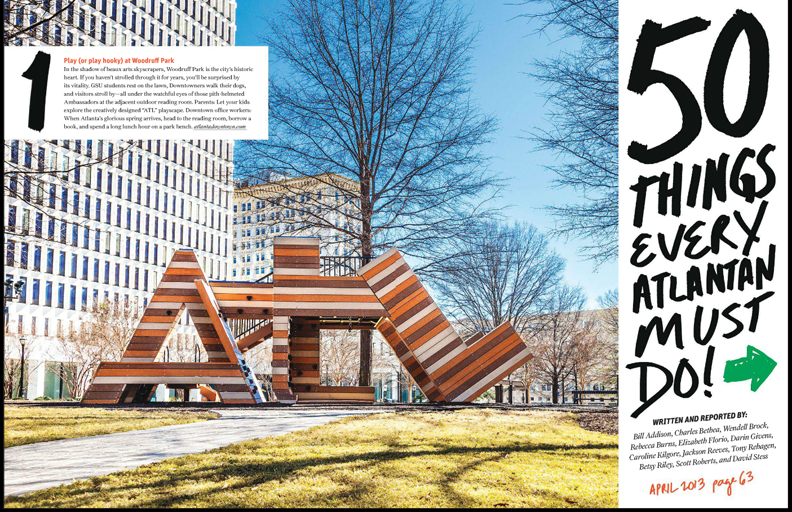
 …a lovely DIY project for the natural playscape.
…a lovely DIY project for the natural playscape.